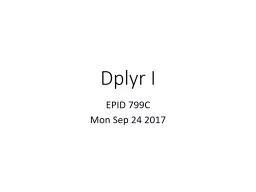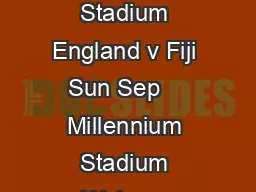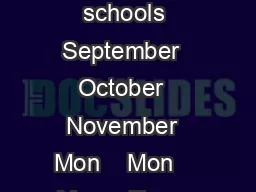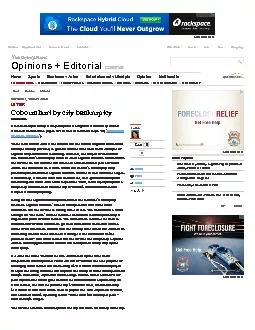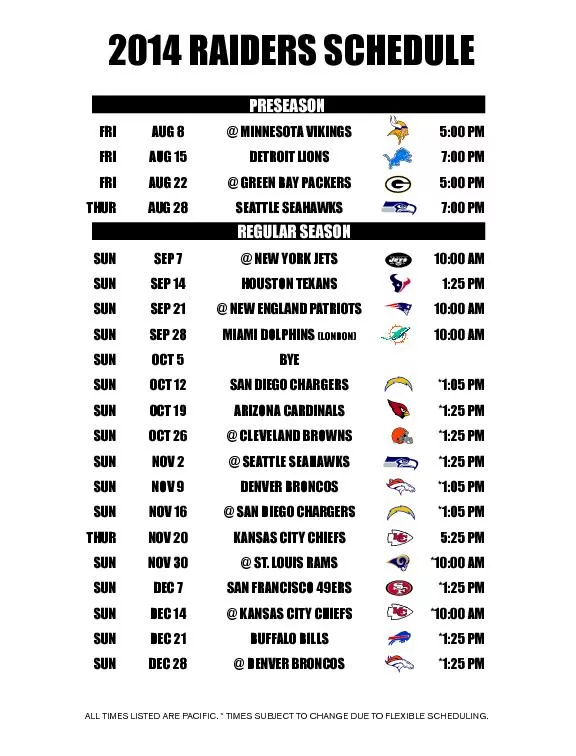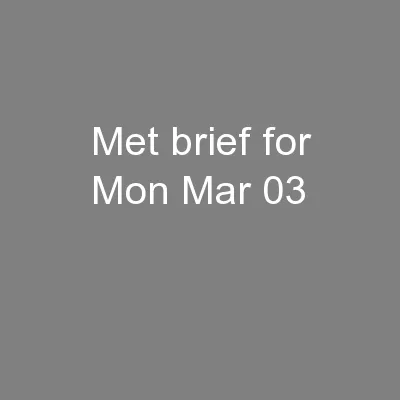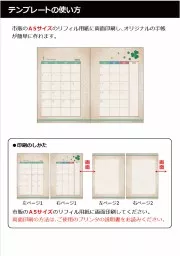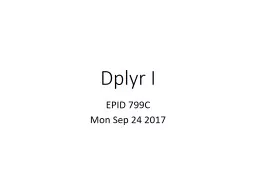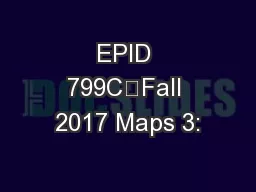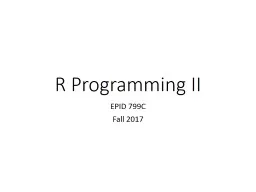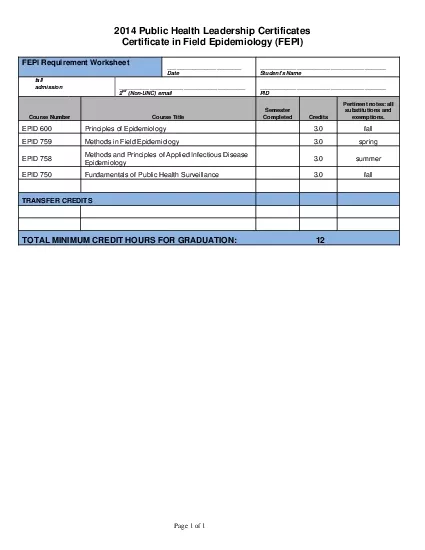PPT-Dplyr I EPID 799C Mon Sep 24 2017
Author : alida-meadow | Published Date : 2018-10-21
Todays Overview Pipes dplyr verbs filter summarise groupby Windows demos Homework 1 thoughts Homework 2 due Wed Homework 3 coming soon dplyr theory verbs Dplyr
Presentation Embed Code
Download Presentation
Download Presentation The PPT/PDF document "Dplyr I EPID 799C Mon Sep 24 2017" is the property of its rightful owner. Permission is granted to download and print the materials on this website for personal, non-commercial use only, and to display it on your personal computer provided you do not modify the materials and that you retain all copyright notices contained in the materials. By downloading content from our website, you accept the terms of this agreement.
Dplyr I EPID 799C Mon Sep 24 2017: Transcript
Download Rules Of Document
"Dplyr I EPID 799C Mon Sep 24 2017"The content belongs to its owner. You may download and print it for personal use, without modification, and keep all copyright notices. By downloading, you agree to these terms.
Related Documents

